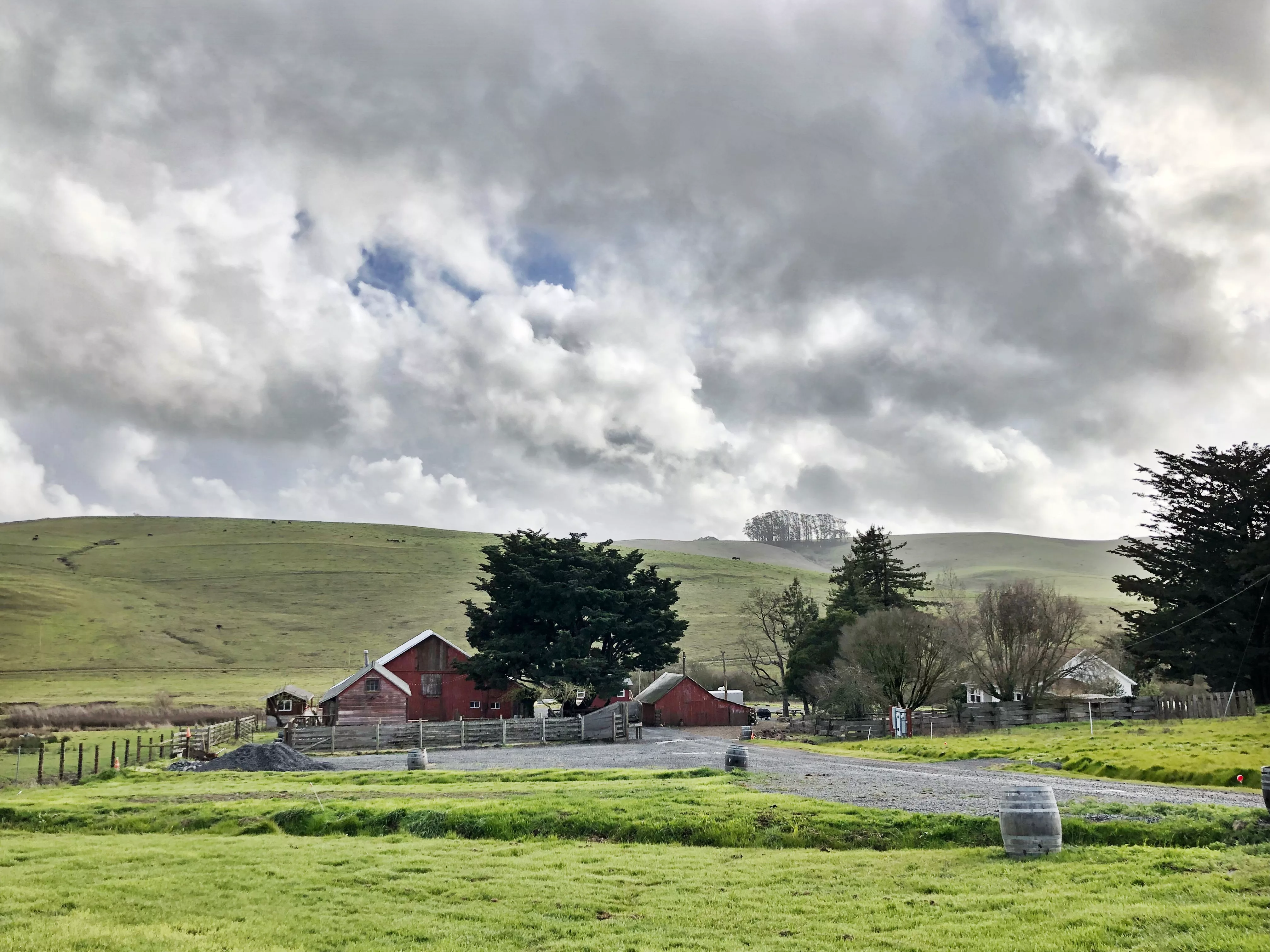
The pastureland and buildings of Stemple Creek Ranch in Tomales. [Photo courtesy Stemple Creek Ranch]
North Bay farms and ranches are finding agritourism is a viable way to generate profits that will offset the rising cost of insurance, fuel, feed and labor.
As more ag businesses open their gates, individuals and non-ag businesses are learning the processes behind production and how agriculture benefits the natural environment. Agritourism is also helping farms and ranches conserve habitats for native species.
The term “agritourism” is loosely defined as inviting members of the public onto a farm or ranch to participate in agriculture-related activities. This can range from picking apples at a U-Pick orchard to hosting a party at a farm or ranch stay, a farmhouse or barn rented to overnight guests. In the North Bay, agritourism can include photo shoots, wine and cider tastings and sampling meat and dairy products.


Farms may start opening to visitors without charging, almost as a public service.
“Then they realize they’re investing a lot of time and energy in these activities. That’s when they begin taking a more business-minded approach,” says Callahan.
Callahan recommends agritourism operators develop a plan for the business. This can include identifying a niche, developing safety plans, creating a marketing strategy and putting systems in place to operate smoothly. Online reservation systems became more widespread early on in the COVID-19 pandemic and have helped a great deal.
Sally Gale, co-owner of Chileno Valley Ranch in Petaluma, has offered a U-Pick fruit experience for families for two decades.
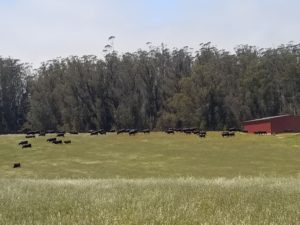
The Gales found the COVID-19 pandemic increased public interest and awareness of outdoor experiences. The demand for outdoor experiences remains strong.
Farm and ranch owners must take weather, flooding, fires, smoke, road conditions and traffic into account. It takes experience and agility to remain flexible. This helps the Gales accommodate weather-related cancellations.
“We do it by offering U-Pick experiences only once a week—reservations are required,” says Gale. “We train and work with volunteers to ensure guests have a good experience. We have a variety of activities, from dissecting an owl pellet to seeing the gardens and the chickens. We also sell a number of products, apples and pears, olive oil, pastry and honey, all made by our neighbors. That way, there’s something for everyone,” says Gale.
From Marin ranches to Sebastopol cideries
Agritourism looks different in every county. In Marin County, agritourism tends to center around cattle ranches, particularly west toward the coast. In Napa County, agritourism is closely tied to wine tasting and vineyard tours. Sonoma County has a wide range of agritourism businesses, including lavender farms, vegetable farms, wineries, cideries, dairy production centers, pumpkin patches and Christmas tree farms.
Sonoma County Tourism spreads the word about local agritourism offerings in numerous ways. These include the promotion of events on SonomaCounty.com, such as the Sonoma County Farm Trails’ spring and fall tours. Sonoma County Farm Trails is a nonprofit organization composed of over 220 member ag businesses and ag-related organizations.
“Sonoma County Farm Trails coordinates two annual seasonal tours that member farms, ranches, producers and purveyors can join. On the tours, members welcome visitors to their sites to learn more about local agriculture. The tours are funded in part by the Sonoma County Board of Supervisors. Sonoma County Farm Trails shares event listings with Sonoma County Tourism, which may invite local, regional, state and national influencers and journalists to events,” says Ellen Cavalli, program manager for Sonoma County Farm Trails.
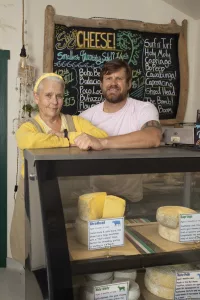
“From farmers markets to working farms to agricultural-based products, Sonoma County has a wealth of ways visitors and locals can enjoy the bounty of the region,” says Claudia Vecchio, president and CEO of Sonoma County Tourism.
Every year, Sonoma County Farm Trails publishes and distributes a print map and guide that lists all members. It also offers a digital, interactive directory and map of members’ businesses on the organization’s website.
Members of Sonoma County Farm Trails employ a number of other measures to encourage visitation. They participate in agriculture-related events like Sonoma County Farm Trails’ annual fundraiser, the Gravenstein Apple Fair. Members also sell Community Supported Agriculture (CSA) boxes as subscription services, offer products at local farmers markets and hold special events like demos.
Monte-Bellaria di California, a lavender farm in Sebastopol, is a member of Sonoma County Farm Trails. This ag business welcomes guests between late April and Sept. 1. Guests can enjoy a 10-minute educational tour within a 75-minute visit that includes a sensory experience.
“Through the spring, we usually see visitors come in groups of three or four. They’re mainly older couples between their 40s and 60s, who occasionally bring a child with them. They want to walk around and take pictures,” says Bill MacElroy, co-owner of Monte-Bellaria di California.
Monte-Bellaria does not charge for admission until high-bloom season. That occurs between the last two weekends in June and the end of July. During this period, the farm charges $25 per adult.
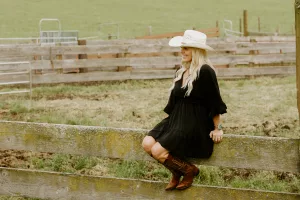
One way that Ethic Cider, also in Sebastopol, invites guests is by holding outdoor educational workshops that last between three and four hours.
“A workshop typically involves a talk by a guest speaker who is an expert in their field, followed by hands-on work in our orchard and ends with a cider tasting. In 2023, we began by offering workshops for $65 per person. So far, we’ve had speakers on cidermaking, orcharding, row crop cultivation and carbon farming. The last topic covers agricultural methods that help increase retention of carbon matter in the ground,” says Ned Lawton, co-owner of Ethic Cider.

With agritourism, a working ranch can create their own economic ecosystem. For example, it can host events to help generate funds needed for a barn roof repair.
Lisa Poncia, the co-owner of Stemple Creek Ranch (SCR) in Tomales, helps run a fourth-generation family ranch. SCR produces grass-fed and finished beef and lamb and pastured pork. The ranch sells meat products directly to customers across the U.S. as well as to local supermarkets and restaurants. The merchants include all four Oliver’s Market locations in Sonoma County and Americana in Sebastopol.
SCR guests can reserve educational tours on the property and accommodations in four ranch stays. One is a 150-year-old home that belonged to the great-aunt of Poncia’s husband.
“People like seeing how agriculture is practiced so close to the heart of the Bay Area. We’re in beautiful open space that’s quiet and close to nature,” says Poncia.
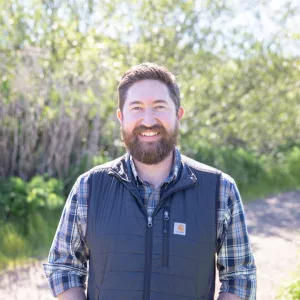
“It motivates us to share how we practice regenerative agriculture, which minimizes our carbon footprint and cr
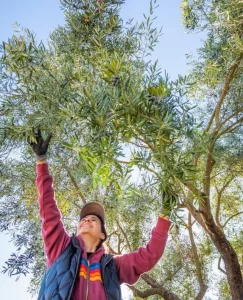
Cow Track Ranch (CTR) in Nicasio, run by owner Melissa Daniels, produces Angus beef. It also hosts a limited number of events and offers ranch stays. In addition, CTR offers ranch-made products: pasture eggs for ranch stay guests, honey, rosemary cooking salts and gourmet garden soaps in scents like honey-almond. CTR partners with Marin French Cheese to sell its soaps, salts and beef snack sticks. It partners with Nicasio Cheese to sell its soaps and salts.
In the winter, Daniels greets guests by preparing a fire in the wood-burning stove.
“I turn on the lights and set out the steaks and seasonings for guests. [Then they can] prepare a homegrown meal with ranch ingredients in cast iron. This creates a home-like atmosphere that’s warm and welcoming. Connecting people with agriculture and the land has always been my mission,” says Daniels.
The multiple income streams allow Daniels to meet the cost of ranch maintenance, insurance and taxes for her rural property. The ranch stay contributes 14% for county transient occupancy tax. Daniels enjoys sharing photos of the ranch through social media and staying connected to those who visit.
Sharing behind-the-scenes experiences about ranch management and livestock care is critical to attracting guests, says Mandy Schmidt, product sales manager and agritourism coordinator for Marin Coast Ranch (MCR) in Tomales.
MCR produces grass-fed beef and lamb. It offers nature-focused team-building events for corporate guests, ranch tours, picnic experiences, retreats, hikes and workshops. Recent workshop themes have included aromatherapy with essential oils, composting, regenerative food sourcing and meditation.
“Guests love to picnic next to the cows and sheep. They get the experience of learning about where their food comes from while enjoying a calming reset from the busy modern world,” says Schmidt.
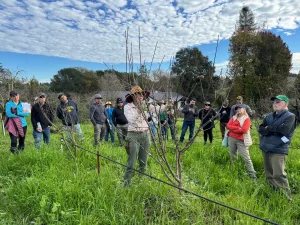
MCR regularly collaborates in land conservation projects with Point Blue Conservation Science, a Petaluma nonprofit focused on conservation. In addition, MCR ranch partners with Marin Agricultural Land Trust (MALT), a Point Reyes Station nonprofit that preserves farm and ranchland in Marin County. MCR’s partnership with MALT involves offering hikes on the ranch that feature discussions on the importance of land conservation.
Zach Mendes is the director of land protection for MALT. He says agritourism props up ag businesses, which helps MALT continue to protect over 57,000 acres of agriculturally zoned rural land.
“We hold agriculture conservation easements on 94 properties. The easements protect agricultural and conservation values, including soil and water quality. Each one of those easements defines permitted and prohibited land uses,” says Mendes.
If a farm or ranch does not make a profit, it could close. In that event, the easement would remain in place, ensuring the land is always available for agricultural use.
“Losing the opportunities to restore and study the natural environment is not optimal, especially in the coastal zone, which is more sensitive,” says Mendes.
It is a challenge to encourage guests to visit rural areas without inviting an overwhelming amount of traffic.
“Not everybody with a farm or ranch engages in agritourism, but there is space for more property owners in Marin County to do so. They and their guests stand to benefit from it,” says Mendes.
Creating new experiences
North Bay ag businesses keep their offerings fresh by developing new opportunities to experience agriculture in rural areas.
Ana Hernandez, co-owner of Grove 45 Olive Oil in St. Helena, recently started offering opportunities to harvest olives.
“We use a big brush with a long handle that looks like a rake. We brush the trees with it to get the olives to come down. It’s pretty hard work, but it’s a lot of fun when you do it in a group. We partner with Sidecar Memories to bring guests over to explore the grove in motorcycle sidecars and do an olive oil tasting afterward,” says Hernandez.
Hernandez says many of her guests are local, coming from Calistoga.
“The olive harvest starts the last week of October and runs through early December. It’s perfect timing. It’s something new when everybody is done with grapes,” says Hernandez.
Webster Marquez, owner of Bohemian Creamery in Sebastopol, says the tour of his cheesemaking facility and aging rooms is popular because of the guided tasting. Participants are able to sample all the cheeses, from the mild Bo Peep to the powerful La Bomba.
“Guests love the detail we go into on our $40 per person tour. The tasting is also an opportunity to let guests know where they can find our cheeses. We sell them wholesale to local businesses like restaurants,” says Marquez.
Marquez builds relationships with other producers by offering bottles of wine from several Napa and Sonoma County wineries. In addition, the creamery sells olives, jam, jelly, crackers, breads and pastries made by other local businesses.
Elizabeth Stein is the co-founder of Cassidy Ranch in Sonoma, which she started with her husband Tucker in 2021. The organic vegetable and flower farm benefits from being a 10-minute drive south of Sonoma’s Plaza Park.
“We offer a U-Pick or harvested option for our 100-plus varieties of organic flowers, herbs, vegetables and berries. This year we will start offering our pinot noir, which guests can purchase and enjoy while they are here,” says Stein.
Guests frequently stop at Cassidy Ranch between wine tastings to picnic, play pickleball and pick produce.
“Guests help us spread word of mouth, but a number of people also found us through Tock, an online reservation system with which we partner,” says Stein.
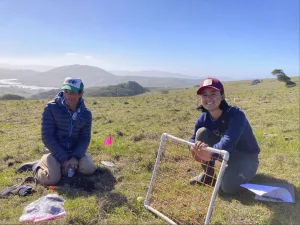
GROF hosts custom crushing services with the press, as well as three levels of olive oil tastings, from introductory to immersive. It also holds cheese and heirloom apple pairings, farm tours, educational seminars on growing olives and apples and special seasonal events like the farm’s annual Heirloom Apple Celebration in mid-September.
“During our events we offer wood-fired pizzas, apple turnovers, ice cream with apple cider syrup, shrubs and more, all highlighting our own fresh, farm-to-table in season apples, citrus and (other) local produce,” says Brooke Hazen, owner of Gold Ridge Organic Farms.This summer, GROF will start construction of an event center that will become a larger venue for public and private events and tastings.
“We also just finished planting an apple U-Pick area for families and kids to learn, tour and harvest. We are in the midst of starting our first subscription fruit program,” says Hazen.
As ag businesses find ways to attract the public, environmental organizations such as Point Blue are developing paths for farms and ranches to support conservation.
Ryan DiGaudio, senior ecologist at Point Blue, says the nonprofit has partnered with 15 ranches in Marin and Sonoma counties. Point Blue staff conduct bird surveys, vegetation surveys and studies on soil health. This work contributes to the Rangeland Monitoring Network, a statewide effort that generates ecological information on rangelands (grazing lands) to help evaluate ranching practices. The network is open to participation by anyone managing or working on rangelands.
“We currently partner with about 130 ranches throughout the state. We’re always getting new agribusinesses interested in working with us,” says DiGaudio.
A farm or ranch that holds an outdoor workshop or puts up signs about native species on its property makes it easier for local nonprofits to promote habitat conservation.
“For example, a lot of people might see a snag [dead standing tree] on a ranch. They will say that if they had a tree like that, they’d remove it. It looks like a fire risk. The ranch owner can explain that if the snag isn’t close to a structure, the guest might want to consider leaving it. A snag provides important wildlife habitat for many species like woodpeckers and other cavity-nesting birds,” says DiGaudio.
One of the kid-friendly programs that Point Blue runs involves the restoration of stream and creek banks on farm and ranch properties. Local TK through 12th grade students and teachers assist with the work through the program Students and Teachers Restoring a Watershed (STRAW).
Such projects benefit everyone, says DiGaudio.
“We get to observe plants and wildlife. [We do this] while building new habitat to enhance the environmental health of the ranch and surrounding communities. We cannot achieve the goals of preserving the natural environment if we only work on public lands,” says DiGaudio.



